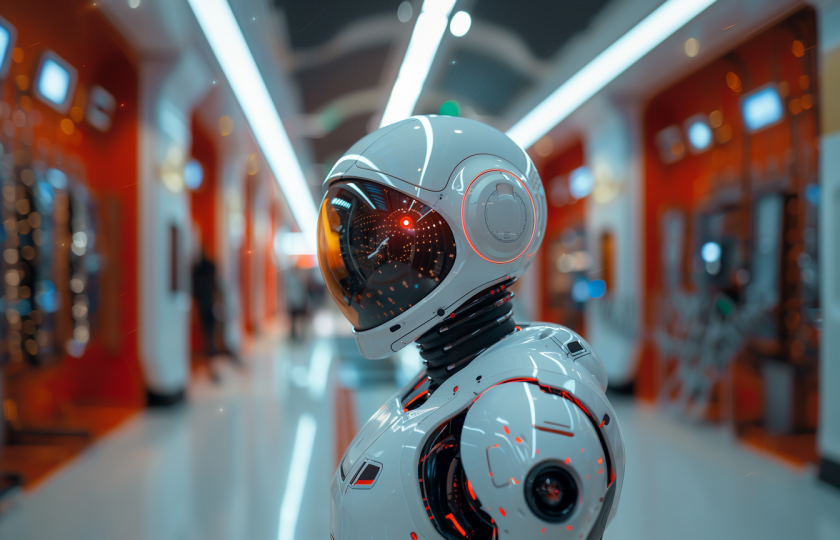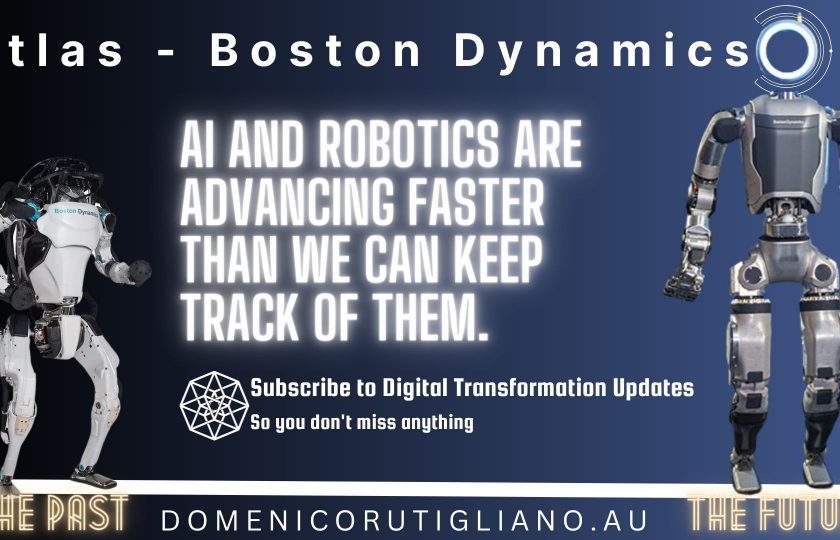
How Intelligent Robotics Will Reshape Our World and Workforce
In recent years, the intersection of robotics and artificial intelligence (AI) has heralded a new era of technological capabilities, pushing the boundaries of what machines can do in the workplace and beyond. A prime example of this advancement is Figure 1, a highly productive robot powered by OpenAI, capable of performing complex tasks in the kitchen and other environments. This robot, leveraging end-to-end neural networks and 3D imagery data analysis, exemplifies the potential of AI and robotics to transform our daily lives and work.
Concurrently, many parts of the world are facing demographic challenges that threaten to reshape economies and societies. Nations like the UK and India are experiencing significant declines in birth rates, leading to aging populations and a shrinking workforce. These demographic trends pose critical challenges, including labor shortages and increased pressure on social services.
This document explores the potential of robotics and AI, as epitomized by technologies like Figure 1, to mitigate these demographic challenges. By augmenting human labor with robotic capabilities, we may find innovative solutions to the impending labor gaps and support for aging populations, thus ensuring economic stability and continued societal progress in the face of demographic decline.
Demographic Challenges and the Need for Solutions
The demographic landscape in many countries is characterized by declining birth rates and aging populations. In the UK, the total fertility rate in 2021 was 1.61 children per woman, well below the replacement rate of 2.1 necessary for a stable population. Similarly, India, despite its large population, is experiencing a decline in birth rates, leading to long-term demographic challenges.
These trends have profound implications for the workforce and the economy. As the population ages, the ratio of workers to retirees decreases, putting pressure on pension systems and healthcare services. Moreover, declining birth rates lead to a smaller future workforce, exacerbating labor shortages in various sectors.
The labor gap resulting from these demographic declines is particularly acute in industries that rely on physical labor, such as agriculture and manufacturing, and in public services like healthcare and education. Without adequate workers, economies may face reduced productivity and growth, highlighting the urgent need for solutions to address these challenges.
Robotics and AI as a Solution to Demographic Challenges
Robotics and AI offer promising solutions to the labor shortages and support needs resulting from demographic changes. Robots like Figure 1, with their ability to learn and perform a wide range of tasks, could fill critical gaps in the workforce. In healthcare, robots could assist with routine tasks and patient care, alleviating the burden on human staff and improving services for an aging population. In agriculture and manufacturing, automation could compensate for the dwindling supply of labor, maintaining productivity levels.
Beyond addressing labor shortages, robotics and AI can also provide personalized support and care for the elderly, enhancing their quality of life and independence. Robots equipped with AI can monitor health, assist with daily activities, and provide companionship, offering a new dimension of support for aging societies.
However, the transition to a more automated workforce raises ethical and societal questions. The potential for job displacement necessitates policies for re-skilling and education to prepare workers for the changing landscape. Moreover, ensuring equitable access to the benefits of robotics and AI is crucial to avoid exacerbating social inequalities.
Future Prospects and Challenges
The future of robotics and AI in the workforce is bright, with ongoing innovations poised to further enhance their capabilities and applications. As technology advances, robots will become more autonomous, versatile, and integrated into our daily lives, offering unprecedented opportunities to address demographic challenges.
However, realizing this potential requires overcoming significant hurdles. Technical challenges include improving the dexterity, adaptability, and decision-making capabilities of robots to handle complex tasks. Ethical considerations revolve around the impact of automation on employment and the moral implications of robotic care for the elderly. Additionally, logistical and regulatory frameworks must be established to facilitate the safe and effective integration of robotics into society.
Policy and regulatory efforts will play a critical role in shaping the future of work in the age of robotics and AI. By fostering an environment that encourages innovation while addressing societal concerns, stakeholders can ensure that the benefits of these technologies are realized broadly and equitably.
The integration of robotics and AI into the workforce, exemplified by advancements such as the Figure 1 robot, offers a promising avenue to address the pressing demographic challenges of declining birth rates and aging populations. By augmenting human labor with robotic capabilities, we can fill labor gaps, support aging societies, and foster economic stability.
However, this transition necessitates thoughtful consideration of the ethical, societal, and logistical challenges involved. It requires collaborative efforts among governments, businesses, and communities to navigate the complexities of a rapidly evolving labor market. As we stand on the brink of this technological frontier, it is imperative that we move forward with caution, ensuring that the future of work is inclusive, equitable, and sustainable for all.
This exploration serves as a foundation for further discussion and action, highlighting the need for a concerted effort to harness the potential of robotics and AI in shaping a future that meets the needs of our changing world.



